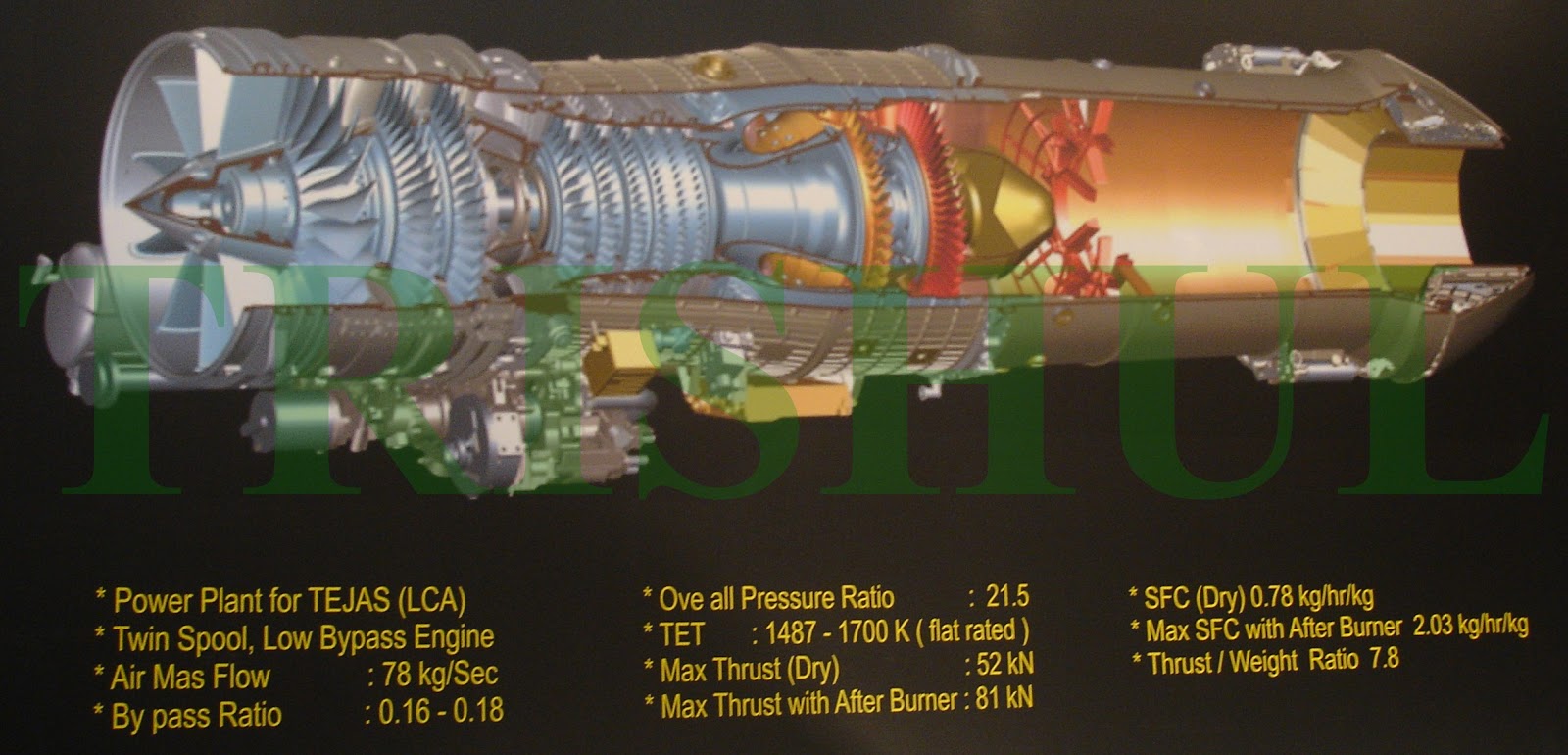- Joined
- Jan 1, 2015
- Messages
- 7,950
- Likes
- 7,911
Engine have multiple cooling systems. Like air flow, or at some parts engine oil. etc..Here we are talking only about Turbo-fan jet engine which is of same design for civilian as well as military use. Only difference is military engine may add an after-burner for additional thrust at the cost of fuel economy and noise. Nozzle vectoring may be another one.
you asked about, cooling down the jet engine. Fuel cannot be used for this as it's flash point is very low. Oil, yes , but not the complete engine.Here we are talking only about Turbo-fan jet engine which is of same design for civilian as well as military use. Only difference is military engine may add an after-burner for additional thrust at the cost of fuel economy and noise. Nozzle vectoring may be another one.
We are not talking about cooling chambers in jet engine which in any case is done by air. We are talking about cooling lubes. Lubes are required for the bearings attaching shaft to the rotating blades.
The Lube oil is then cooled either by fuel to a lower temperature or by air. In jet engines in airliners, it is cooled by both as fuel - oil coolers is close to bypass duct.







